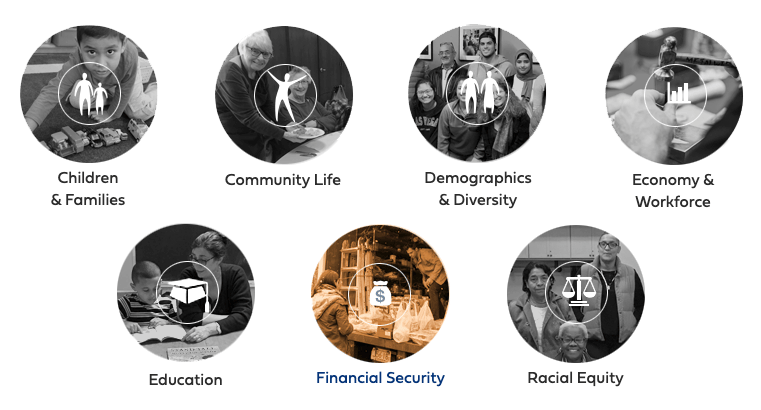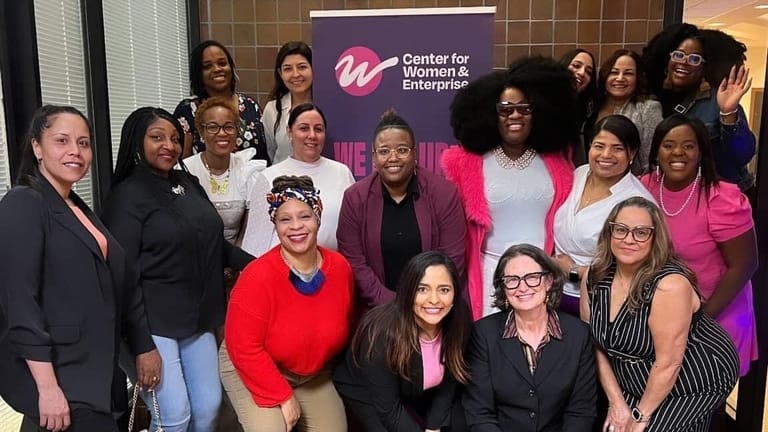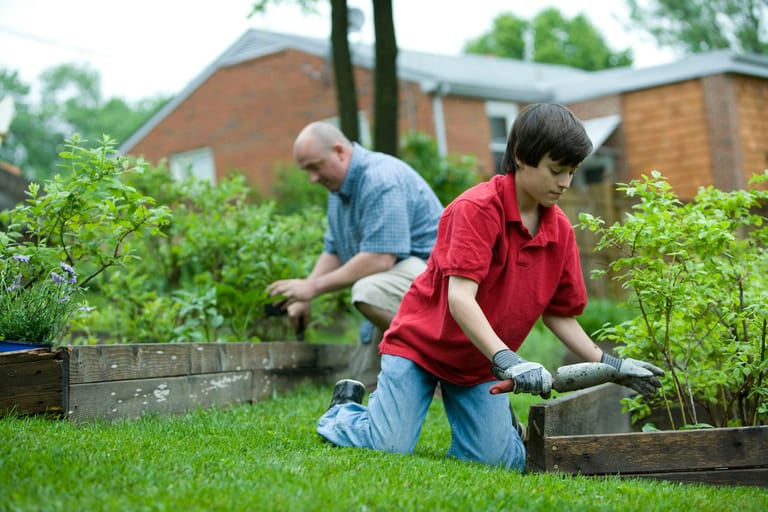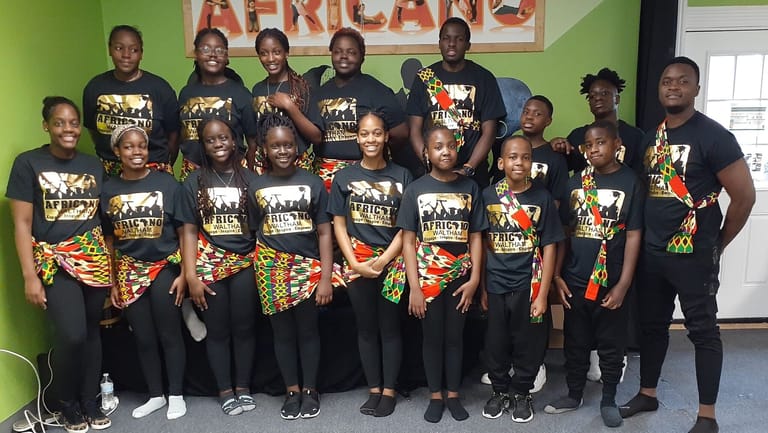In many ways, MetroWest is a high-income region. This belief can hide many stark realities about our community, namely that many people struggle to make ends meet without recognition or adequate support. The rising cost of living, continued high price tag for childcare, increase in unemployment, and myriad difficulties with transportation put a financially secure lifestyle out of reach for many residents of MetroWest. Another hurdle we need to be aware of is that of our drastically changed economy over the past 2 years. While the data below is from the 2010 Census and doesn’t reflect the additional stress the pandemic has put on many households in our communities, we do feel the statistics speak to trends that continue to affect our region.
While the region’s overall poverty rate of 8% is below the state and nation, rates are higher in both Framingham (10%) and Waltham (11%) and rates are higher among Hispanic (22%) and African American (16%) residents. Education matters: while 21% of residents without a high school diploma had incomes at or below the poverty level, just 4% of those with at least a bachelor’s degree did. And others living above the poverty threshold struggle to make ends meet. While the overall median household income in MetroWest was $89,000 in 2014-18, median incomes for Hispanic and African American households were substantially lower at $52,000 and $59,000. A living wage in MetroWest requires $78,600 for a family of four with two earners or $73,000 for a family of three with one earner, certainly out of reach for many of our residents.
Federal food assistance is needed at a high level among some populations. In 2014-18, 26% of Hispanic residents and 20% of African Americans participated in the federal Supplemental Nutritional Assistance Program (SNAP), higher than Asian (9%) and white (7%) residents. This problem in particular has drastically increased throughout the pandemic. In March and April of 2020, the Massachusetts Department of Transitional Assistance (DTA), saw a significant increase in SNAP applications. At its highest, weekly applications increased by as much as 360% over the average of the same period pre-COVID. These increases have stayed relatively consistent throughout the pandemic.
Homeownership is an important factor for neighborhood stability and civic participation and, in 2014-18, the homeownership rate in the MetroWest region was 65%, exceeding both the state and national rates. However, while rates were 68% among whites and 58% among Asians, they were 35% for African Americans and 31% for Hispanics. Owning a home is simply out of reach for many residents of MetroWest. The ratio of home value to median income was 4.5 in 2014-18, well above the 2-3 range considered affordable. It is even higher in some communities, including Lincoln and Weston, where the ratio was 7.1 and 6.7, respectively. Homes were more unaffordable for Latinos (with a ratio of 5.7), African Americans (4.7) and Asians (4.5) than for whites (4).
The pandemic has caused struggles with housing affordability and food insecurity to be amplified dramatically. Many nonprofit organizations have needed to shift priorities to support these issues. We will be reporting on new data in the coming months, but all indicators support the idea that these disparities in home-ownership and the need for federal food assistance have grown even larger throughout the pandemic.




